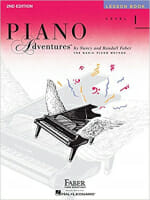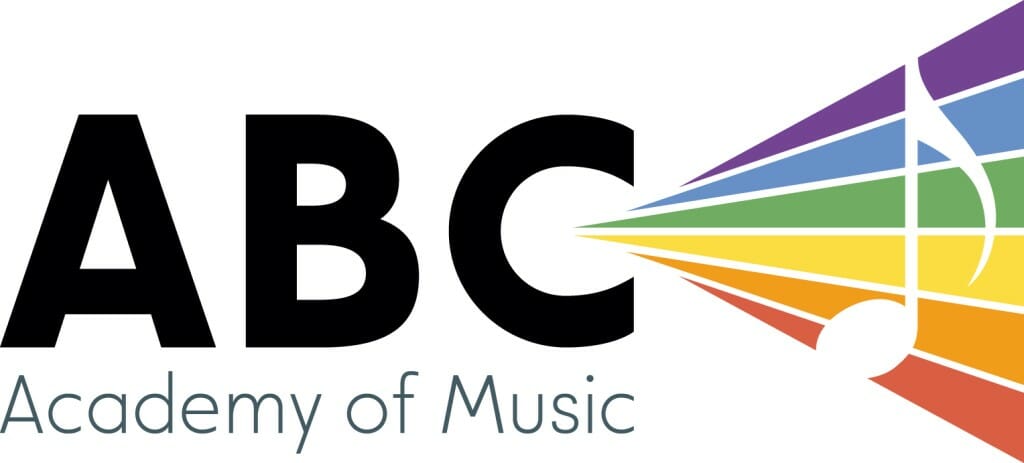ARCT • Teachers’ Diploma (RCM) in-progress
Trained Music Together Teacher
Erin Plank (they/he) is a passionate young piano teacher. For their professional development, Erin received the highest exam scores in all of Canada last year for “Teaching Elementary Piano” with the RCM.
Erin’s main goal is to turn students into lifelong music lovers, not just pianists. I seek to provide them with the tools to practice efficiently at home, sight read a song at their friend’s piano, learn the melody to a song off the radio by ear, and nurture a technical foundation that lasts a lifetime so it’s “just like riding a bike” to play the piano. And even better, they’ll want to.
Get to know Erin…Beyond the Bio!
Hobbies: Piano, weightlifting, playing with my cat, and hanging out with friends
Musical influences: Ben Folds, Brad Mehldau, Edvard Grieg
Favourite food: Fried chicken sandwich
Least favourite food: snap peas, because I ate too many as a kid one time and threw up and now I dislike the smell
Favourite music: Romantic era piano music, Beach Boys and similar era music, math rock
Favourite song: “How Dare You Want More” by Bleachers
Favourite movie: Sing Street
Favouirite movie music: main theme for “Eternal Sunshine of the Spotless Mind” or anything Star Wars
Favourite musical theatre/opera: Wozzeck
Best quote from your teacher: “Don’t show the audience you messed up, they won’t know! Keep going!”
Favourite quote: “That’s what life is, Happy Sad”
Favourite book: Recursion by Blake Crouch
Best thing about teaching at ABC: Getting to reach and connect with so many lovely people!
Latest Homework from Erin
Is Erin Your Teacher?
Sign up now to get your weekly assignments delivered, and never lose your homework sheet again!
Thursday January 25 Lessons – Erin P
JUNE RCM EXAM REGISTRATION IS OPEN. Liam (lvl 3), Sara (lvl 4), Marco (lvl 1), Daniel (lvl 2), Greta (lvl 1) please register via this link.
My teacher code is #130747. Select June Practical exam, then Piano. Pick whatever date is convenient for you within the time frame. I will see it come up on my end when you register. Thanks so much!! This is exciting :)
Liam
*New* Flying Solo – the dynamics here are super cool. This piece uses a lot of contrast (staccato/legato and loud/soft). It also moves between C major and A minor.
Harlequinade – you are doing great. Fingering is so important. Anywhere that trips you up, do some extra work hands seperate. Keep your eyes on the page to notice when similar lines have small differences.
You know all your technique now. Each practice day, pick a key and play all the technical requirements for it. By the end of the week, you should have practiced all technique.
Jadon
Canon x Beautiful in White – Intro, then 151 bass, then 15123 bass. For the constant 8th note RH section refer to the falling piano keys video.
Sara
Maple Leaf Rag – Amazing! Think about lining your forearm up with your fingers, even when your arms are very wide, your elbows will be your best friend here. Slow beat to beat practice on page 2 will help too.
Lullaby of Birdland – Very nice! Fix LH C# at the very beginning and fix RH rhythms in bridge.
Ballade – woohoo! At the top of page 2 there are opportunities for super fun dynamics. Run that line a bunch of times and experiment and be picky with dynamics and articulation. Listen to different recordings for inspiration.
*New* C minor harmonic formula pattern
Marco
*New* Minuet in C – first 2 lines HS. Tied notes here are very important. 8th notes should be legato, but otherwise anything not marked legato can be detached (not staccato, just detached). Notice the sharps and naturals in the RH 8th note line. Listen here.
Indiana Jones – Great progress! We are going to add in the LH half note chords to the bridge, same rhythm as the rest of the piece. C, Bb, Ab, and G are the only chords in this part.
Morning Fanfare – HT all. Almost always, the dotted 8th note+16th note rhythm will be by itself, and the HT parts are on the plain 8th notes. Near the end when the voices begin overlapping, it is a great idea to stop on beat 1 where they overlap. Half the battle is getting the hands to come down together at the same time.
*New* D minor natural and harmonic scale – natural means only using the notes borrowed from the major key (in this case, F major, so all white keys and Bb). Harmonic means to do that AND raise the 7th note (so Bb plus C#). Same fingering as always.
Daniel
Etude in F Major – nice work! Keep your eyes on the page to ensure muscle memory doesn’t lead you to the wrong place. Focus on creating a mature and beautiful sound everytime you play.
C and G major formulas – Remember to use finger 4 whenever a hand is playing more than one octave. Thumbs should always be on the root if you’re continuing in that direction. You can always stop on every C “pivot point” and check your fingering is right.
*New* Atacama Dessert (pg 22-23) – measures 1-8 HT. In the LH, notice the tied notes. In the RH, the bottom note on the thumb must be bumped and played loudly, it is the least interesting part about the melody. We want to hear the top changing notes. Listen here.
Rhythm practice – this website generates a rhythm for you that aligns with what you will be asked to tap in the exam, it also plays you a metronome and can perform the rhythm for you to check accuracy. The syllabus states: “For a given rhythm, students will be asked to: • Tap a steady beat with their hand or foot for one measure. • Continue tapping while speaking, tapping, or clapping the given rhythm. A steady pulse and metric accentuation are expected.”
Greta
*New* Natural Minor scales – A, D and E. Minor scales pull their notes from their relative major that lives 3 half steps up. C major = A minor. Same fingering as always.
Minuet in A minor – HT in very small chunks by playing beat to beat. The point of this to build fluency moving both hands to their next note/position in time. Once little blocks are secure, we can start connecting them together to play fluently together. Count carefully for your dotted rhythms, and if in doubt, listen to a recording.
Register for your exam with the link at the top of the page :)
Saturday January 6 Lessons – Erin P
Hope everyone had an amazing holiday!
Hakim
C major – scale hands together.
My Ordinary Life – LH bassline. Remember a dotted quarter note is 1.5 beats long (3 eighth notes long). Finger numbers are there to help you.
Haunted Harp – LH plays F# G# A. RH plays C Db Eb. Use your directional and interval (step or skip or same) reading skills to see which direction the melody is going. It is in 6/4 so you can count in 123456 then begin playing. Dynamics are important to creating the mood. Use the pedal on the right.
C major triads – hands separate, broke and solid. I didn’t hear these this week, but I will next week. CEG EGC GCE CEG.
Preferred Books for Erin Students
Click to buy them here, and they’ll come right to your house! What could be easier?
BOOK TITLE
COMING SOON
Faber Piano Adventures

The 2nd Edition Level 1 Lesson Book introduces all the notes of the grand staff, elementary chord playing, and the concept of tonic and dominant notes. Students play in varied positions, reinforcing reading skills and recognizing intervals through the 5th. Musicianship is built with the introduction of legato and staccato touches. This level continues the interval orientation to reading across the full range of the Grand Staff. The 5-finger approach is presented here in a fresh, musically appealing way.
Piano Safari







